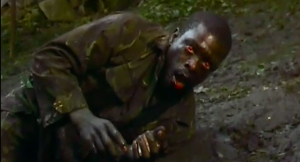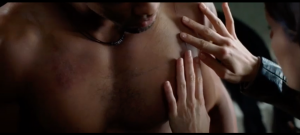Online dating allows people to reach out to and communicate with people that they may not have otherwise encountered on social media or have approached in person. The online platform, and anonymity it provides, gives its users great confidence to say and do things that they would not normally do in person as they do not have to worry about actually seeing the person that they are interacting with. It gives people the same options available to anyone with a social media account–you can make an honest profile, create an alternate persona using your own photos, or create a profile that does not feature you at all, but instead uses another person’s photos. All in all, these platforms allow you to be someone other than yourself. This feature is not inherently bad, but it has been abused to the point where it is bad, and now, potentially dangerous.
In my experience, online dating has just been a form of entertainment. While I have not made any meaningful relationships with anyone that I have came in contact with, I have friends who have. For me, online dating has become a way for me to get to know myself, in a weird way. I have learned what types of pictures attract certain types of people (body vs. selfie), how my race and skin color is perceived by others, especially nonblack people, and how location affects the stigmas that people have about me. Being that I am obviously black, it has affected the way that I navigate the site. I typically like profiles belonging to people who look like me, but sometimes I branch out and like the profile of someone that I know I would never talk to in person.
A few years ago, I became very bored with the social scene at Williams, so I made a tinder profile in attempts to branch out. I messaged people from Vermont, New York, and Massachusetts. What I have noticed is that those who I have talked to from smaller, more rural areas, are more intrigued by my race than my personality. They are also more intrigued with the idea of being with me rather than dating or being with me, but that is to be expected as online dating has really turned into a tool for, simply, vetting potential hookups. I have had multiple white people address me by my skin color rather than my name, calling me things like “chocolate” or “brown skin.” I have also had these same people tell me that they were just wondering what it was like to be with a black girl. These surface level interactions are what ultimately made me decide to delete my profile.
Despite the bad interactions that I have had with people, I have also had great conversations with other people. Yet, I have not been able to allow myself to actually meet someone that I have met online, in person. This is mostly due to my fear of getting kidnapped or catfished, however, seeing my friends actually find love online has made me more open to the idea than I was when I first made my profile.
(526 words)



